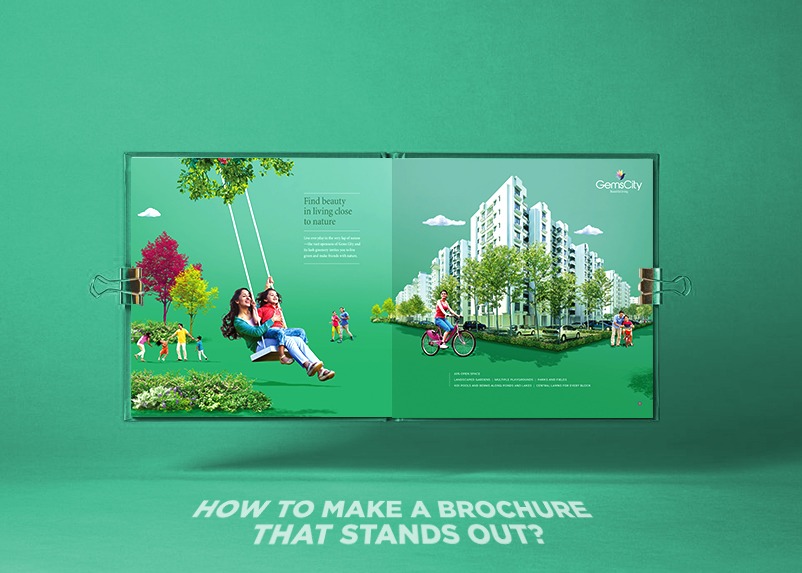
Brochures are still one of the easiest ways to reach your target audience in the digital era. There are several thousand brochure designs both online and offline. It is very important to choose the best and understand what makes your brochure interesting to your readers. Listed below are a few steps following which a great brochure can be designed.
Stage 1: Add convincing photographs and designs
Every single great brochure needs to have visual components. The pictures you select should supplement your content. A convincing spread photograph can be the way to getting your crowd to get your brochure and follow up on your message. Top-notch photographs and delineations demonstrate a guarantee to quality that you need your image to reflect.
Step 2: Use full bleed
Most printers are not ready to print straight up to the edge of the paper. This can bring about a white border around your subject. To accomplish a plan that stretches out right to the edge, use full bleed. This enables the printed archive to be cut to give you the ideal visual design, with no prominent blank area.
On the off chance that you are printing from home, test one print leaflet to ensure the drain is the thing that you foresee. If you are utilizing an expert printer or duplicate shop, get in touch with them to ensure your leaflet will look as anticipated.
Step 3: Add your text
Choose what you need to state in the title page, back spread, and body of the brochure printing. Ensure that your message is steady and straightforward. Title pages sell your item or administration, back spreads give contact data, and within the page, for the most part, recounts a story or gives evaluating choices (various kinds of beverages served at a bistro or spa bundles, for instance).
With regards to textual styles, toning it down would be best. Pick one textual style for the body of the content, with a corresponding text style for titles or headers. Corresponding textual styles are two textual styles that are distinctive enough to look intentional. They frequently will be a serif textual style and a san-serif textual style.
Step 4: Incorporate colour
Using colour well in your brochure enhances your message visually and emphasizes specific points. Colour is closely tied to emotion. Using a colour scheme that is consistent and pleasing provides a better experience for your reader than one which is too loud, busy, or difficult to read.
There are several resources online to help you find colours that work well together. The colour wheel on Adobe’s KulerHas several colour palettes to help you choose a balanced scheme, including monochromatic, complementary, and compound colours. You can save your colour swatches, then refer to them to choose colours for your brochure.
Stage 5: Incorporate shading
Utilizing shading great in your brochures improves your message outwardly and stresses explicit focuses. Shading is firmly attached to the feeling. Utilizing a shading plan that is reliable and satisfying gives a superior look to your brochure than one in which there is a cacophony of colours. There are a few schemes online that enable you to discover hues that function admirably together. T Shading Scheme Designer has further developed alternatives, for example, visually challenged settings and trading to HTML and content documents.
Step 6: Choose the right size
It is better to stick to the original size of the brochure instead of increasing the size of it. The standard letter size is 8 ½” × 11″, and this is a good starting point for print-at-home brochures. Brochures size should be decided before the content is decided for the perfect brochures
Anderson Printing House prints excellent brochures. If you are wondering how to create it, contact Anderson Printing House. To know more visit www.andersonindia.com